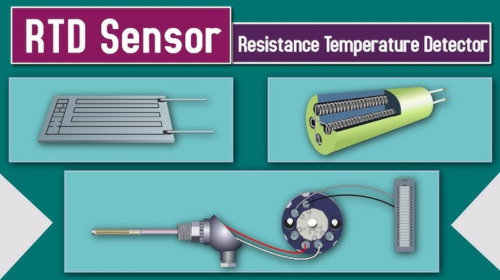Appearance and Structure
First of all, the appearance and structure of transistors and vacuum tubes are completely different. A transistor is a solid-state component, usually made of semiconductor materials such as silicon, germanium, or silicon carbide. Transistors are usually rectangular and have three pins, namely the base, emitter, and collector. Transistors control the flow of current through the p-n junction of the semiconductor material.
On the other hand, a vacuum tube is an amplifying electronic device, usually made of glass or metal. It contains a hot cathode, an anode, and one or more grids. Electrons are emitted from the hot cathode and the flow of electrons to the anode is controlled through the grids. Vacuum tubes are usually tubular or spherical and have multiple pins.
Working Principle
Transistors and vacuum tubes also have different working principles. In a transistor, current flows through the p-n junction and is affected by an external voltage, which can be controlled to change the state of current flow. Among the three pins of the transistor, the base controls the flow of current, the emitter injects electrons into the semiconductor material of the transistor, and the collector collects the electrons. Transistors usually require an external power supply to provide the voltage and current needed for control and amplification of the circuit.
On the other hand, vacuum tubes control the flow of electrons through one or more grids using an electron beam as a signal source, hence the name electron tube. In a vacuum tube, electrons are emitted from the hot cathode and flow to the anode after passing through one or more grids. The potential of the grid controls the magnitude and direction of the electron flow. Therefore, vacuum tubes can be used for amplification, cutting, shaping, modulation, and mediation.
Heat Generation
Both transistors and vacuum tubes generate heat when working, which is a difference between them. The heat in transistors mainly comes from the conductivity of the material and a certain amount of heat is generated during amplification and switching. However, transistors usually generate much less heat than vacuum tubes during operation. This is mainly because the structure of transistors is simpler than that of vacuum tubes and does not need to drive electron emission and cause electron emission as in vacuum tubes. Therefore, they consume less energy than vacuum tubes and are more environmentally friendly.
In contrast, vacuum tubes require more power and heat to work. When electrons hit the anode, they cause collisions between electrons and the anode, generating heat. In addition, vacuum tubes need to heat the cathode to provide an electron flow during operation. This is why early electronic devices usually require fans and large heat sinks to dissipate heat to prevent overheating and damage to the device.
Performance Parameters
Finally, another important difference between transistors and vacuum tubes is performance parameters. Transistors have a higher frequency response and less waveform distortion, making them more suitable for high-frequency and high-speed circuits. On the other hand, vacuum tubes have a higher frequency response and waveform distortion and are usually used in applications requiring high power, such as high-power amplifiers and audio amplifiers.

 How to Identify Legitimate Sellers When Purchasing Electronic Components Online?
How to Identify Legitimate Sellers When Purchasing Electronic Components Online?
 Development Directions and Innovation Trends of the Electronic Components Market in 2025
Development Directions and Innovation Trends of the Electronic Components Market in 2025
 Resistance Thermometer Temperature Sensors
Resistance Thermometer Temperature Sensors
 Say Goodbye to Lag! Three Ways to Speed Up WiFi
Say Goodbye to Lag! Three Ways to Speed Up WiFi